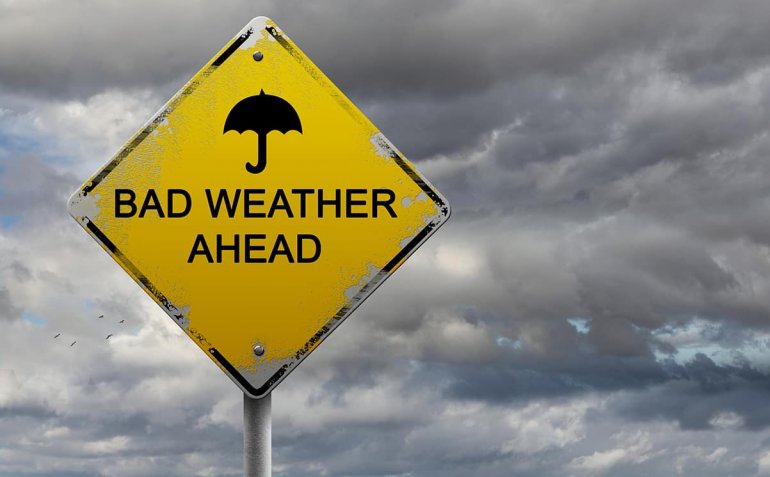Alow-pressure weather system made landfall in South Africa on Wednesday causing rain, gale force winds and cold conditions. Cape Town already experienced flooding and disruptive wind while many other regions will have the lowest temperatures yet, during the latter half of the week.
Weather advisories are strongly advising drivers to avoid the roads as far as possible especially where flooding and dangerous winds are reported. The CEO of MasterDrive, Eugene Herbert, says: “It is not always possible to avoid the roads completely, however. If you do need to drive, keep these tips in mind,” says Herbert.
Wind
With wind reaching up to 90km/h in some areas, it is a driving hazard for all. “Certain vehicles, such as those with a high centre of gravity, are more vulnerable in windy conditions. Either way, all drivers can take heed of these tips,” says Herbert.
- Be cautious in areas that are exposed or tend to be more dangerous in high winds such as open stretches of roads or tunnels through mountainous areas.
- Never drive over downed powerlines.
- Avoid crossing high, exposed bridges.
- Look out for road signage warning drivers of vulnerable areas in strong wind.
- Be cautious of vehicles that are towing as they are susceptible to crosswinds.
- Avoid overtaking trucks and larger vehicles.
- If the wind becomes strong enough that you feel at risk, rather find a safe place to stop.
Flooding
Cape Town and surrounding areas experienced flooding yesterday and rain is expected to continue today. “When the roads are flooded driving should be avoided at all costs. It only takes a few centimetres of water for a vehicle to lift from the ground,” says Herbert.
- Never drive through fast flowing water, it is very difficult to judge its depth.
- If caught in fast-flowing water unexpectedly, drive slowly and steadily through while in first or second gear if your vehicle has a manual transmission.
- If you stall and you are not in danger of being swept away, do not restart your car. Rather get a mechanic to check no water has made its way into the engine.
- If your vehicle is losing grip with the road, letting some water in can help to weigh it down.
- If in danger of being swept away abandon the vehicle but only if there is a safe opportunity to do so.
- If you hydroplane or start skidding, slowly lift your foot from the accelerator but do not brake harshly or move your steering wheel violently.
- Always look where you want to be. Our instinct is to steer in the direction we are looking. If there is tree in front of you, do not look at the tree, rather look at where you want to be.
Cold-weather driving
The best way to prepare for frosty conditions is to ensure vehicle maintenance is up to date. “Cold weather can have an impact on various vehicle systems and consequently your safety,” says Herbert.
- Check oil is topped up and ensure it is not too full either, as this can create problems too.
- Check the tyre pressure. For every 10⁰C the weather drops, tyre pressure drops as well.
- Additionally, do not be hasty to inflate your tyres if the warning light shows in the morning but rather allow the air to warm up first.
- Use a freeze prevention washer fluid in below zero weather.
- Check coolant levels as it lowers the freezing point of vehicle fluids and keeps it liquid while circulating through the engine.
Stay warm and safe on our roads!! Advice on Safe Driving in Winter https://t.co/0SLXVOQ3w2 #ArriveAlive #RoadSafety #WinterDriving@Dotransport @GovernmentZA @TrafficRTMC pic.twitter.com/Ig1zHQfs6I
– Arrive Alive (@_ArriveAlive) June 26, 2025
